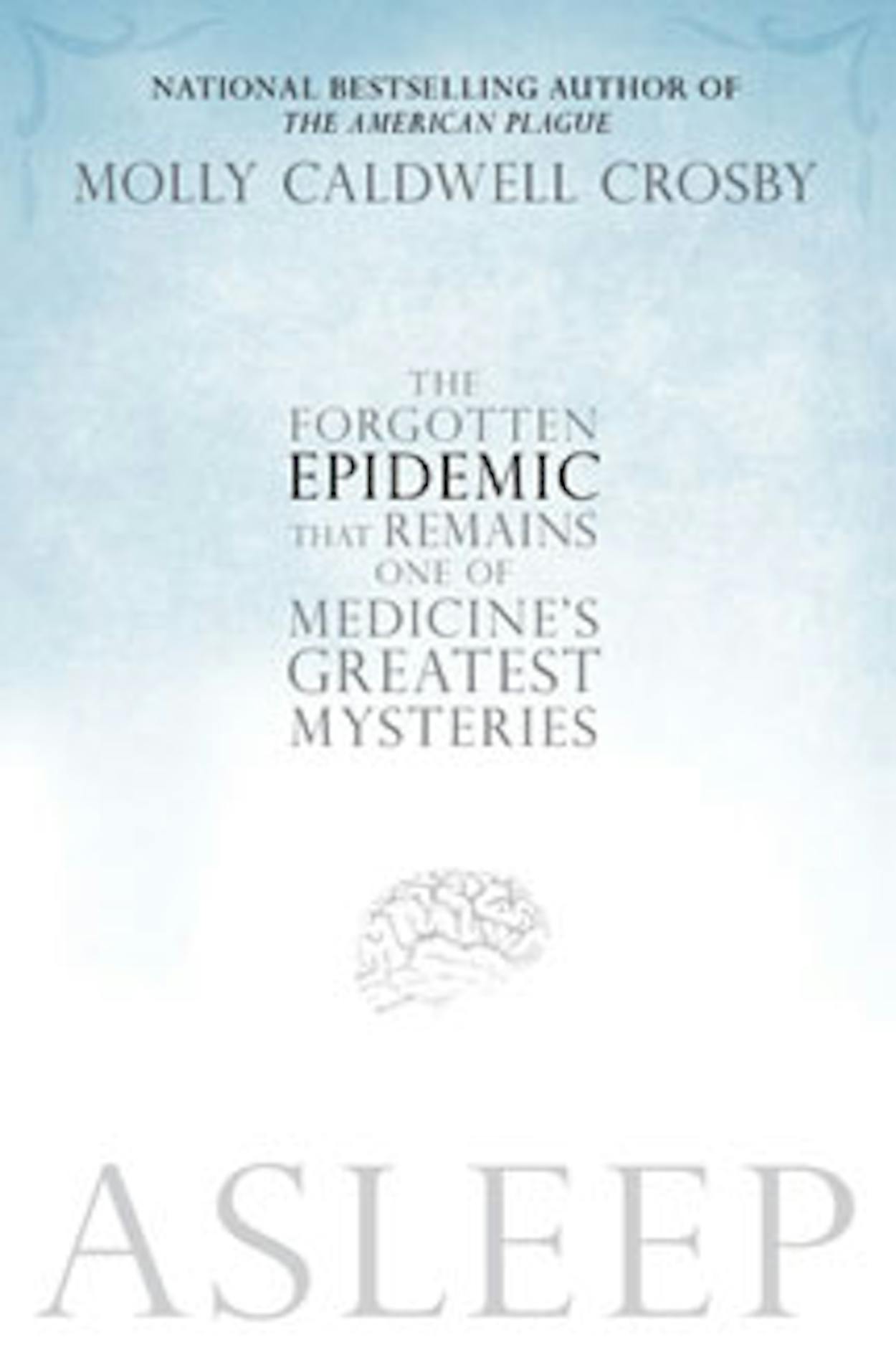In 1929 Dallas teenager Virginia Thompson fell into a fevered sleep for 180 days. Eighty years later that familial legend helped inspire granddaughter Molly Caldwell Crosby’s book Asleep, an investigation into the baffling disease known as sleeping sickness (technically, encephalitis lethargica). The affliction’s symptoms are unnerving to contemplate: Victims may fall into a stone-faced catatonia for days, months, or even years, aware of their surroundings but unable to speak or move. The illness infected nearly five million people in the twenties, killing about one third of them. Another third developed serious physical ailments and mental afflictions, and most were institutionalized. Crosby offers up seven case studies in an attempt to shed new light on an affliction that all but disappeared by 1930, but although she unearths some fascinating details, including a young patient who resolutely plucks out both eyes with her bare hands, her page-filling digressions are an irrelevant distraction. (New York City, she rhapsodizes, had “the ability to defy boundaries—below ground, above ground, under the water, and into the sky.”) Asleep aims high, but it never delivers the revelatory insight that might rouse it from its lethargy. Berkley, $24.95
Book Review
Asleep: The Forgotten Epidemic







